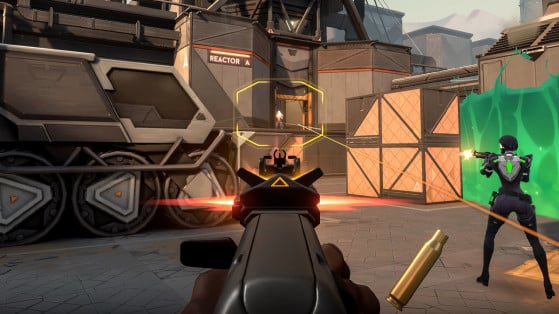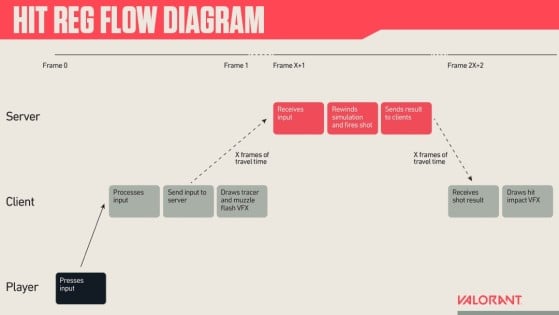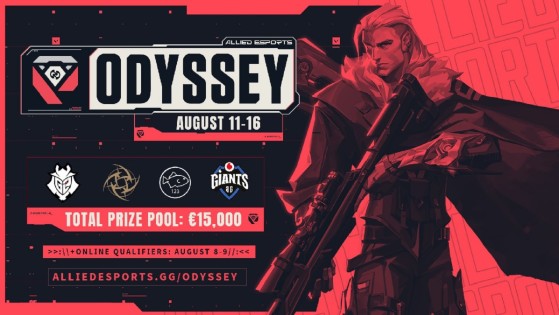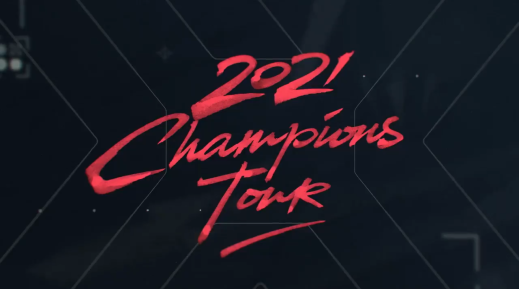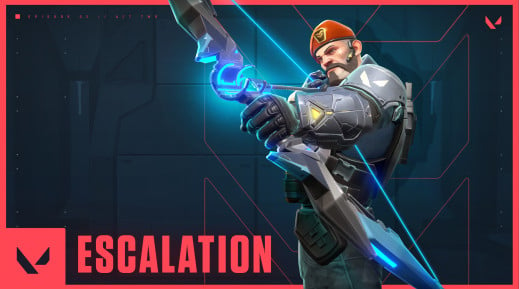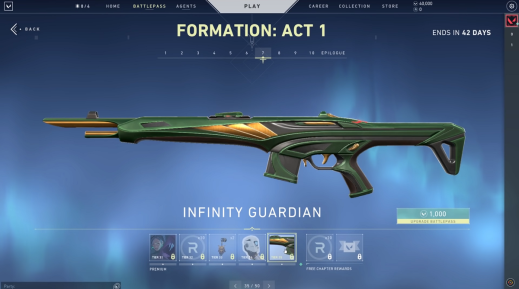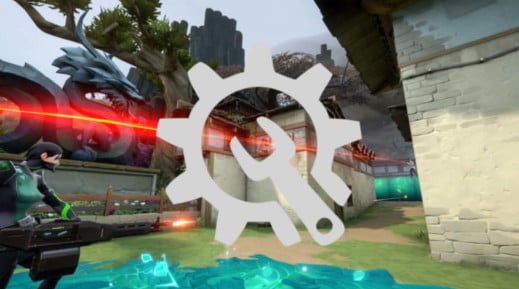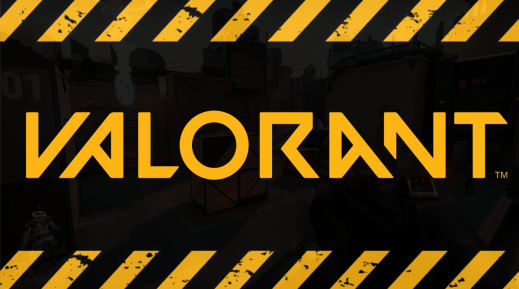One of the software developers of Valorant spoke in a community article about managing the hit registration system. In order to ensure good transparency, Riot Games is known to communicate a lot with its players. If you haven't had the time to read this quite long article, we are providing you with a summary.
An overall satisfactory system
The team is constantly looking for improvement and is aware that there are still some bugs. They also thank the community for sending videos that are taken into account. For now, the team is generally satisfied with the state of the hit detection system.
Difference between precision and clarity
In the majority of video reporting concerns, it is actually more often a problem of clarity than a concern of precision. The shots were correctly taken into account by the game but the visual feedback was misleading. Players were then misled by what they saw on the screen.
While clarity is important for playing comfort, precision bugs are much more of a problem. Especially since the clarity can be influenced by the quality of the connection or the device.
How is a shot processed
When firing, the game does two simulations.
- Server simulation: determines the result of the action
- Machine simulation (your computer): prediction of the result for better response time.
In both cases, each simulation results in an image which changes at each moment. But if we look closely at the machine simulation, the server simulation is invisible, since no one is behind it.
There is then a double lag between the hard shot moment and the processing of its result
- When firing: sound (sound of the shooting) and visual (light) effects are triggered. Then, the data of the shot is sent and processed. There is therefore a mini-shift.
A second lag is caused by the double stimulation: you have to wait for the simulation of your computer to send its data to the server, so that it does its own simulation and gives the result. It is always this second simulation that has the last word.
With this double offset, there is a difference noticeable to the naked eye between displaying the track of the ball and animating the result. This difference is all the more visible the higher the latency. In the vast majority of cases, the bugs sent correspond to problems of clarity, not to calculation problems.
Example of concrete cases
A lot of people quickly cry foul when they go through slow-motion videos — but this is not always justified, especially when one takes into account the mini-shifts explained previously.
Several situations involve moving targets. But if many people trust the image, it lacks clarity and it can't' really be trusted. What matters is the actual (calculated) position of the target and sight, not the visual positions (shown).
The other case is when the opponent crouches down to dodge a potential headshot. Here, it's the same principle and you should not always trust what is displayed on the screen. What matters is the calculation made by the system.
Areas for improvement
Riot Games plans to improve the clarity of the game, to prevent players from being too confused. Among the avenues for reflection:
- Display blood and sparks at the actual position of the target
- Create more particles to indicate actual and represented positions
In any case, there is no quick fix and the new leads may even further cloud the clarity of the game. Riot Games, however, would like to keep the community informed and ask them to continue sending feedback.
Original content by Léo "Tipsalewo" Lecherbonnier.
